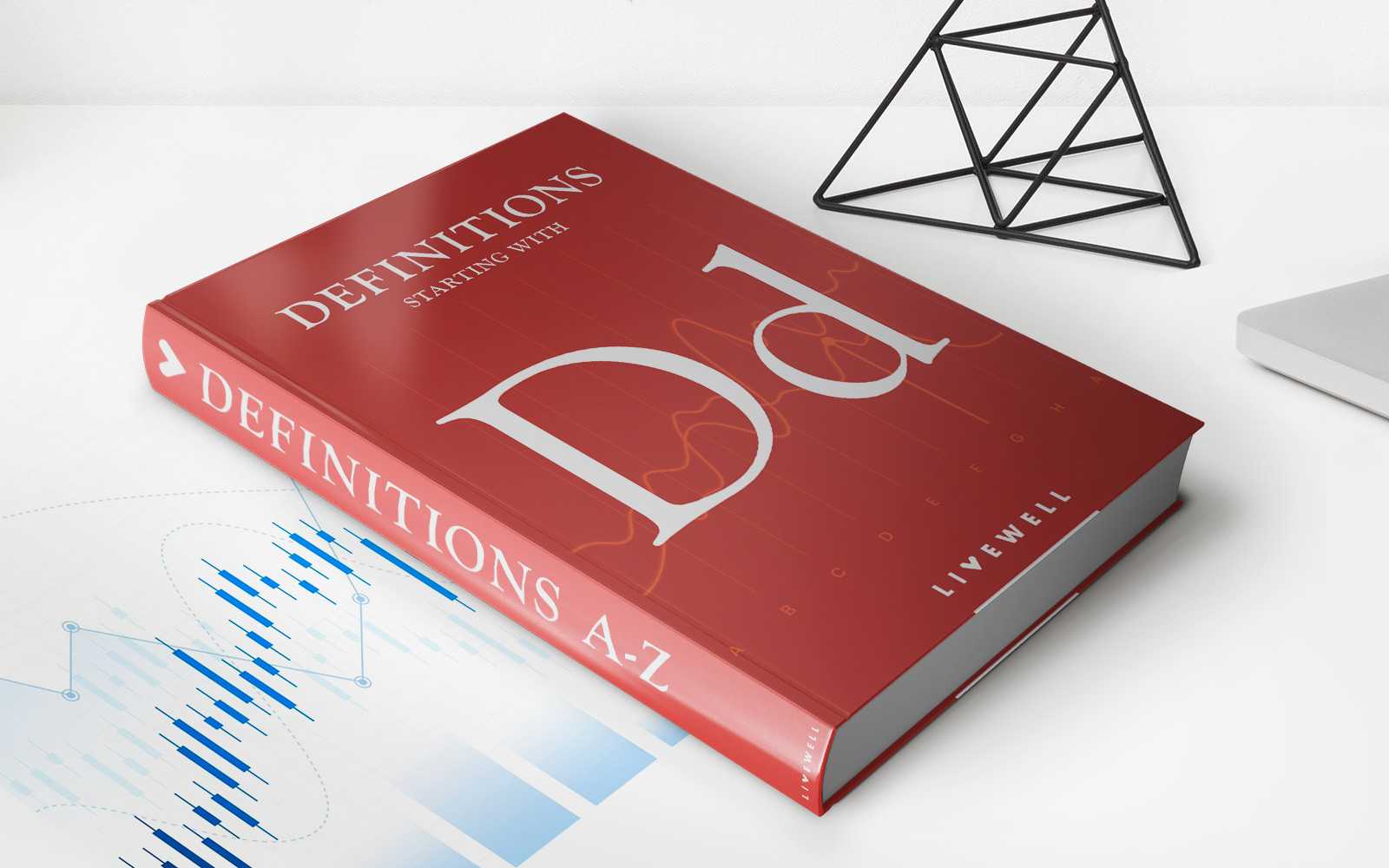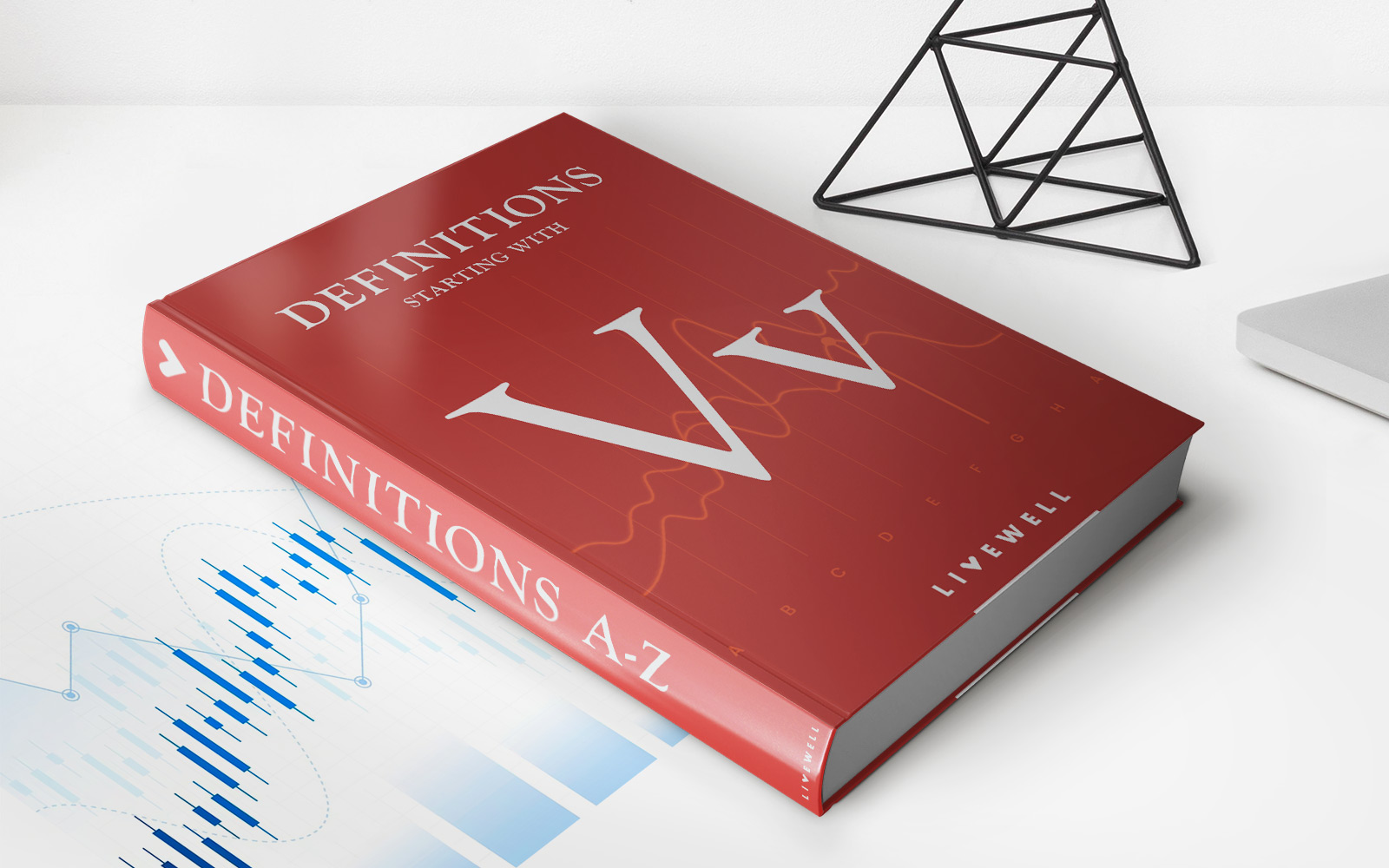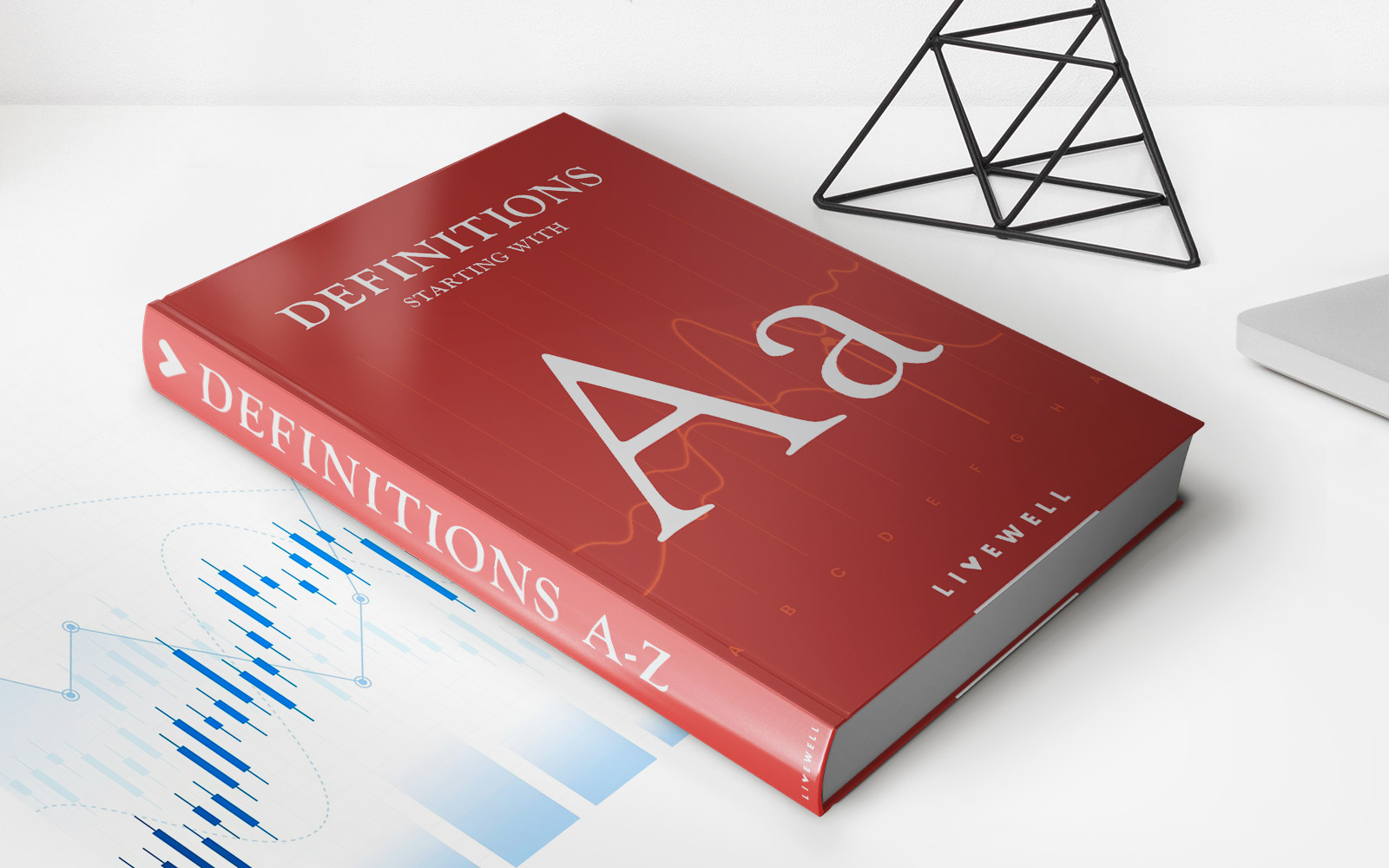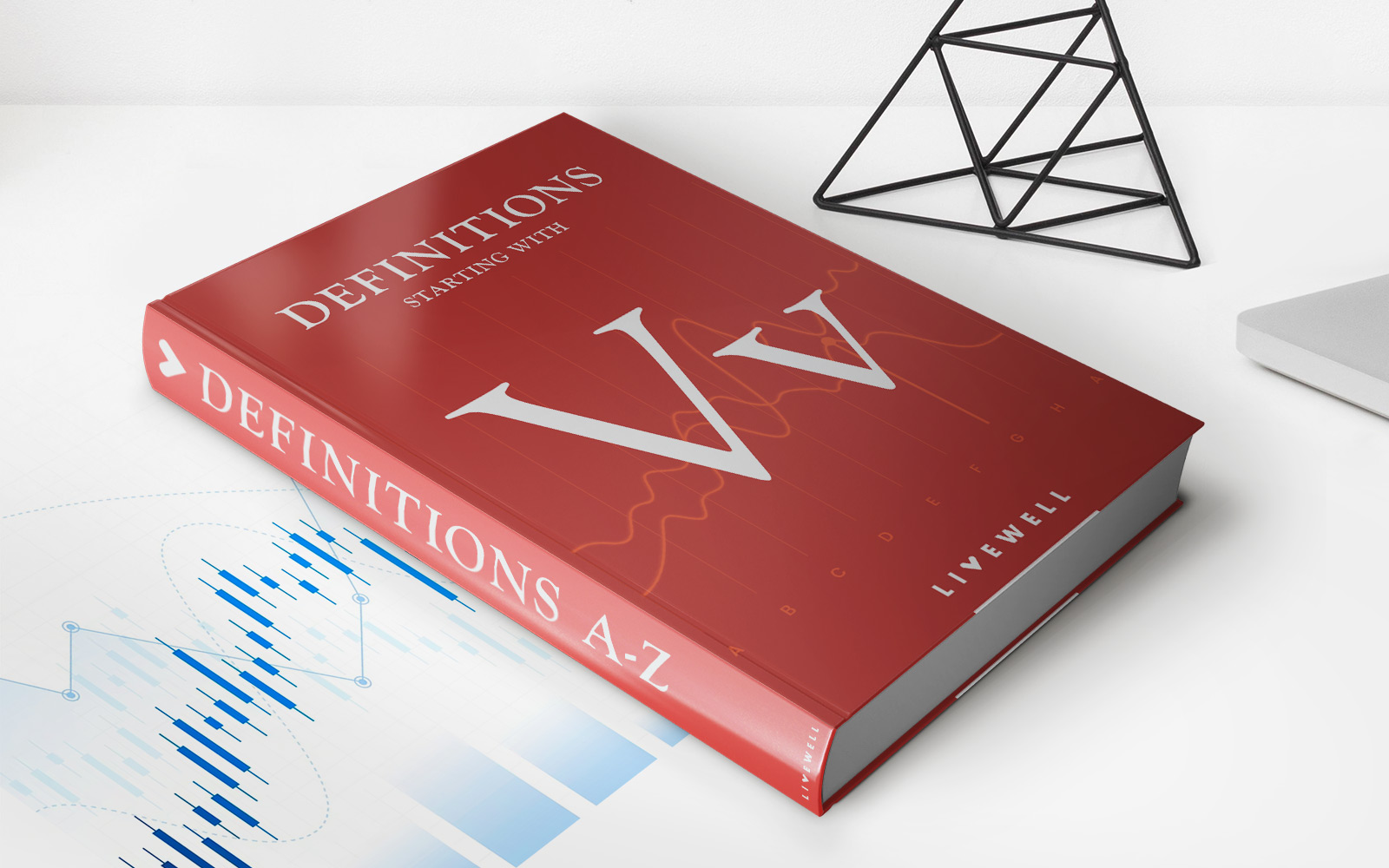

Finance
Closed Virtual Currency Definition
Published: October 28, 2023
Learn the definition of closed virtual currency and its impact on finance. Stay updated with the latest trends in the financial industry.
(Many of the links in this article redirect to a specific reviewed product. Your purchase of these products through affiliate links helps to generate commission for LiveWell, at no extra cost. Learn more)
Understanding Closed Virtual Currency: Definition and Key Aspects Explained
Welcome to our finance blog section, where we delve into various topics to help you better understand the dynamic world of finance. In this post, we will shed light on a concept that has been gaining significant traction in recent years – Closed Virtual Currency. If you’re curious about what it is and how it functions, you’ve come to the right place. By the end of this article, you’ll have a clear understanding of closed virtual currency and its key aspects.
Key Takeaways:
- Closed virtual currency is a digital form of currency that is restricted to a specific virtual environment or platform.
- Unlike open virtual currencies like Bitcoin, closed virtual currencies have a limited purpose and can only be used within a particular ecosystem.
Now, let’s dive into the details and explore this fascinating concept.
What is Closed Virtual Currency?
Closed virtual currency refers to a digital form of currency that is restricted to a specific virtual environment or platform. Unlike open virtual currencies like Bitcoin, which can be used for various transactions across different platforms, closed virtual currencies are designed for a specific purpose within a limited ecosystem.
Here are a few key aspects that define closed virtual currency:
- Restricted Usage: Closed virtual currencies are typically limited to specific platforms or virtual environments. These currencies cannot be used outside of their designated ecosystem or for general transactions.
- Utility Tokens: Closed virtual currencies often take the form of utility tokens, which grant users access to certain goods, services, or functionalities within the platform. These tokens function as a medium of exchange within the closed environment.
- Controlled by a Central Authority: Unlike decentralized open virtual currencies, closed virtual currencies are usually controlled by a central authority or the platform itself. This authority governs the issuance, distribution, and overall management of the closed currency.
Examples of Closed Virtual Currencies
There are numerous examples of closed virtual currencies, each catering to a specific virtual environment. Some popular examples include:
- World of Warcraft Gold: In the popular online game World of Warcraft, players can earn and use Gold as a closed virtual currency to purchase items and services within the game.
- Fortnite V-Bucks: Fortnite, one of the most popular online games, has its closed virtual currency known as V-Bucks. Players can acquire V-Bucks using real-world money and use them to buy in-game items and battle passes.
- Amazon Coins: Amazon Coins are a closed virtual currency issued by Amazon. Users can purchase and use Amazon Coins to buy apps, games, and in-app items within the Amazon Appstore.
The Benefits and Limitations of Closed Virtual Currency
Like any other financial concept, closed virtual currencies have their share of benefits and limitations. Let’s take a look at both:
Benefits:
- Enhanced User Experience: Closed virtual currencies can enhance the overall user experience within a specific virtual environment, providing a seamless and efficient way to transact.
- Controlled Ecosystem: Closed virtual currencies allow platform owners to control and manage their virtual ecosystem, ensuring the smooth functioning of transactions and economies.
- Monetization Opportunities: For platform owners, closed virtual currencies offer monetization opportunities through the sale of these currencies.
Limitations:
- Limited Usage: Closed virtual currencies are limited by design, and users cannot use them for transactions outside of the specific platform or virtual environment.
- Lack of Portability: Unlike open virtual currencies, closed virtual currencies cannot be easily transferred or used outside of the platform where they are issued.
- Dependency on Central Authority: Closed virtual currencies are reliant on a central authority or platform, which may introduce certain risks depending on the level of trust and control vested in the authority.
Conclusion
Closed virtual currencies provide an interesting perspective on the evolving financial landscape within virtual environments. While they offer specific advantages within their ecosystems, it’s essential to understand their limitations and the implications of using a currency with restricted usage.
We hope this article has provided you with a comprehensive understanding of closed virtual currency and its key aspects. Stay tuned for more insightful finance articles on our blog!














